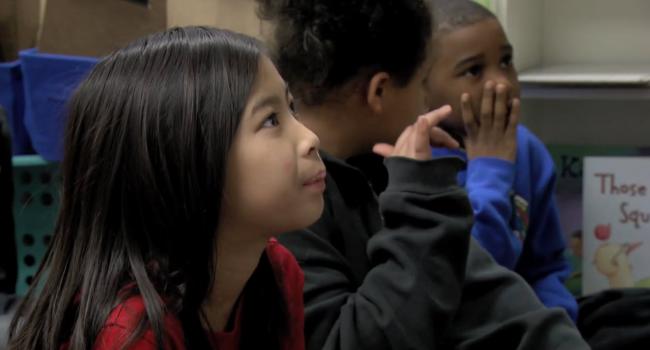This two-part post will focus on some aspects of teaching informational text to ELLs. Part I will share background considerations and strategies regarding informational text, first providing a basic foundation about informational text for all students and then narrowing my focus to include a few specific strategies about teaching informational text to ELLs.
I want to examine some ideas for using text-dependent questions with ELLs. Since I’m a big fan of writing two-part blog posts, first I’ll outline some big picture issues in terms of what TDQs are and some considerations in writing TDQs for ELLs.
In our last post, we shared information about the new Teaching Channel ELL video series based on Academic Conversations (2011) by Jeff Zwiers and Marie Crawford. This week we’d like to delve deeper into these resources and provide strategies for building the oral language skills of ELLs across content areas that are framed around four practices.
Let's take a closer look at that tried and true welcome back to school writing assignment through a CCSS for ELL lens. The prompt is: What did you do over summer vacation?
Following our recent series on using Socratic seminars with English language learners to build oral language skills, we learned about an exciting new video series from the Teaching Channel focused on academic conversations with ELLs featuring…you guessed it! A Socratic seminar.
In this final post on CCSS writing and ELLs, I’ll now turn to some instructional strategies to support ELLs at the middle school level as they work with an element of one of the CCSS writing anchor standards. I’ll conclude with some resources on writing for ELLs.
I’ll start this week by giving you an overview of how the writing standards are organized in the CCSS for English Language Arts/Literacy as well as some initial "ELL questions" I had when taking a deeper look at the standards.







